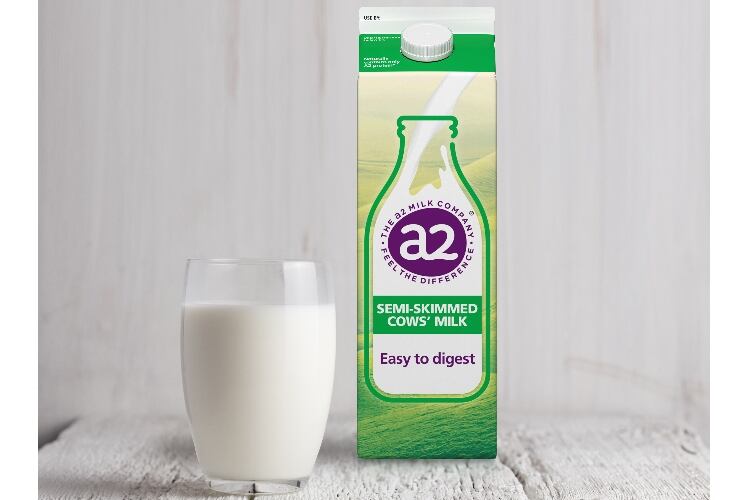Total revenue of NZ$677.4m (US$491.3m) was down 16% and EBITDA of NZ$178.5m (US$129.5m) was down 32.2%, resulting in an EBITDA margin of 26.4%.
The company said this was driven by performance through the daigou and cross-border e-commerce (CBEC) channels being significantly impacted due to disruption resulting primarily from COVID-19 related issues. This was partially offset by another period of strong growth for China label infant nutrition products, with sales of NZ$213.1m (US$154.6m), an increase of 45.2%.
Liquid milk in Australia saw 16.3% revenue growth driven by higher levels of in-home consumption, and changes in the execution approach in the US, focusing more on affordable premium pricing and in-store activation, resulted in sales increasing 22%, driven by improved in-store velocities in established stores as well as an expanded store footprint.
The company’s gross margin percentage decreased to 50.3%. This was primarily due to recognizing a stock provision of NZ$23.3m (US$16.9m), higher cost of goods sold for China label infant nutrition (including lactoferrin and tamper evident lid) and an adverse product mix shift with a higher proportion of liquid milk to infant nutrition sales.
Historically, the gross margin percentage for infant nutrition sales between channels has been broadly similar. However, due to different channel pricing pressures, cost of goods sold differences and foreign exchange movements, a variance in gross margin percentages between channels has emerged. China label infant nutrition has a lower gross margin percentage than English label but has a higher absolute gross margin per unit in a higher cost-to-serve channel.
The company said its balance sheet remains in a strong position with no debt and a closing cash position of NZ$774.6m (US$561.7m). This cash position was NZ$79.5m (US$57.7m) lower than June 2020 due to negative operating cash flow, participating in the recent Synlait capital raising and the acquisition of the Kyvalley milk processing facility. Operating cash flow was negative NZ$9.2m (US$6.7m), primarily due to an increase in inventory and a decrease in accounts payable.
The higher level of inventory was a consequence of managing the uncertainties and complexities of COVID-19 impacting supply chains. However, due to recent challenges in the daigou and CBEC channels, the running down of this inventory has been slower than expected. As a consequence, a stock provision of NZ$23.3m (US$16.9m) was booked in the half. A return to more normalized stock levels is anticipated in 2H21.
A portion of the company’s cash balance will be utilized to fund the proposed acquisition of MVM and ultimately the associated additional investment in a blending and canning facility, although this plan has yet to be fully developed. The company said it finalized binding agreements for the proposed acquisition of a 75% interest in Mataura Valley Milk (MVM), which it said will provide supply diversification, further strengthen relationships with key strategic partners in China, and offer access to manufacturing margins over time.
Outlook
The company said it remains confident in the underlying fundamentals of the business and will continue to invest behind the brand and in its capability to drive long-term growth.
However, the pace of recovery in the daigou/reseller channel and in the CBEC channel has been slower than previously anticipated and the company now expects revenue to be at the lower end of the previous guidance range.
A lower EBITDA margin range is now expected due to lower revenue, higher brand investment, longer daigou/reseller support, movements in foreign currency and adverse channel mix relative to what was anticipated in December.
The company said its FY21 outlook is now group revenue for FY21 in the order of NZ$1.4bn (US$1.02bn), and group EBITDA margin for FY21 of 24% to 26% (excluding MVM acquisition costs).
The outlook for FY21 assumes the actions being taken to re-activate the daigou/reseller channel deliver a significant improvement in quarter-on-quarter growth from 3Q21 to 4Q21.

